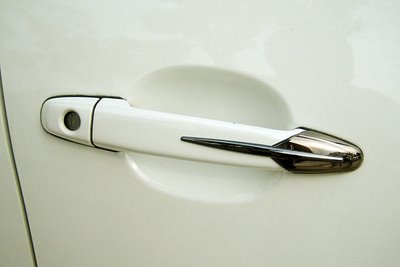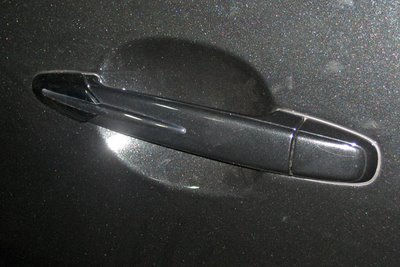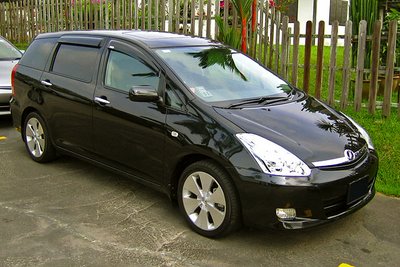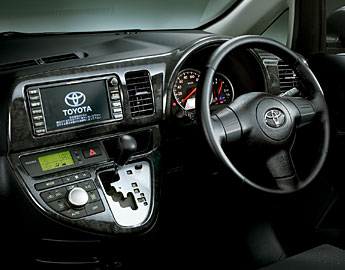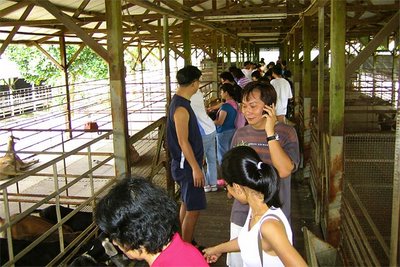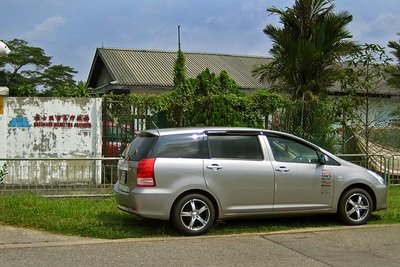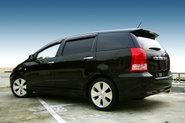Type 1 - Pointed version


Type 2 - Thin Version


Type 3 - G Square styling but narrower
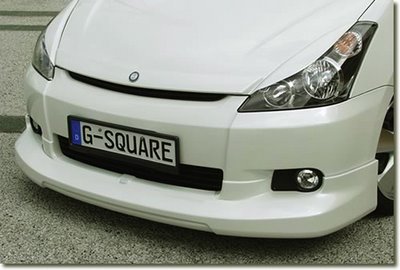
Cheers,
This is my Toyota Wish Journal and an unofficial club for my friends who shares the same passion for our cars.








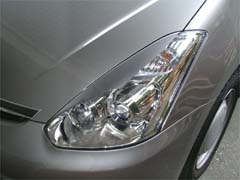


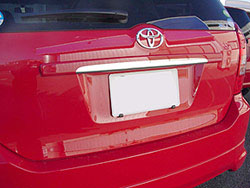
Stage2 from Japan has these unique rear door garnish to personalised your ride. Definitely not the common stuff you see outside and makes your car outstanding. But requires a bit of work as you have to spray to your body color. I prefer the second one to the top one. At JPY 15750 each, they certainly don't come cheap!!
Alternatively, there is the Taiwan version which is also quite pretty and it does not have the Wish word. Lim, Henry and Novoal has already install them on their car. Much more understated compared to those above.
Should I, shouldn't I? Decisions...decisions.... It's a good thing I am financially challenged. Solves all the indecision.
Cheers,

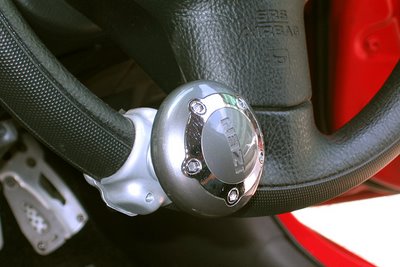
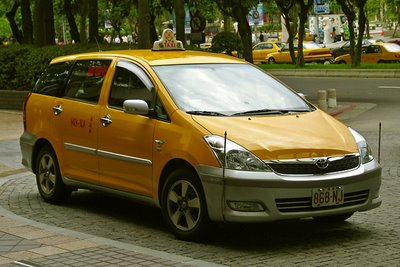

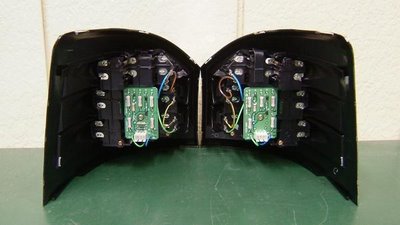


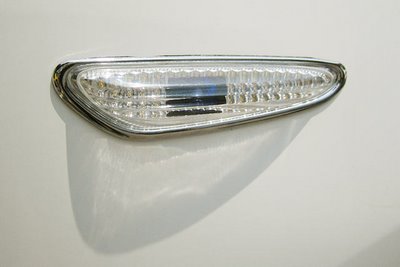
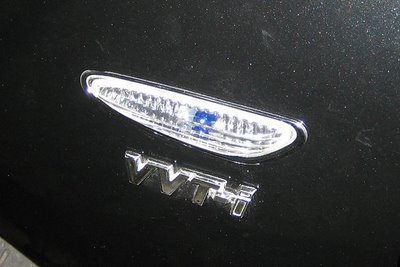


Modifications to your running gear really depends on how your car acts out of the factory. Factory-tuned sports cars basically has an out-of-the-box mods that you don’t really need to do anything else to it. Regular passenger cars on the other hand, are not factory-tuned to handle excessive performance. Therefore, redoing your regular car’s running gear is not a job you can do overnight, and as simple as cutting your springs or changing to larger rims.Hmm...so judging from the above, I should consider brakes before I consider 18" rims. Anyway, really need to look at the brake hose in the next few weeks if I have the time. Perhaps the Swage-Line brake hose from Plot.
Most vehicles will look significantly better with larger rims, that is exactly why show cars and concept cars often use large wheels. But show cars are show cars, and concept cars are concept cars, they are not for road use. I never agree with the reason that cosmetic is above safety. Wheels that are too large while improve traction with its wider stance, they usually decrease your acceleration. Why? Well, it’s simply basic physics, it has a higher rotational inertia. It could also make your car’s handling worse because of the extra unsprung weight.
What is rotational inertia? And what is unsprung weight? Rotational inertia is comprised from the equation of:
I = mr²
Where I is inertia, m is mass, and r is the distance from the rotational axis. The logic is a higher amount of mass and distance equals a larger inertia.
Torque is required to start your car from ground zero to a specific speed that you want. Torque came from the equation of:
T = Iα
Where T is torque, I is inertia, and α is acceleration. Therefore, with the same amount of torque your standard car has and bigger inertia, you’ll get a smaller acceleration. The concept of rotational inertia is as simple as that.
On the other hand, unsprung weight is the total amount of weight of wheels, tyres, springs, wheel bearings, disc brakes, and other parts that are directly connected to them but not supported by suspension. So the larger the wheel, the more energy you require to sustain the unsprung weight when moving, and therefore decreases the
quality of your handling.
Another problem for excessively large rims is your braking ability. If you stick to stock brakes, you’ll stop slower, because the bigger your rims, the bigger your momentum. And the bigger the momentum, the longer you’ll stop, simply because your stock brakes cannot provide the power needed to stop those wheels from turning.

